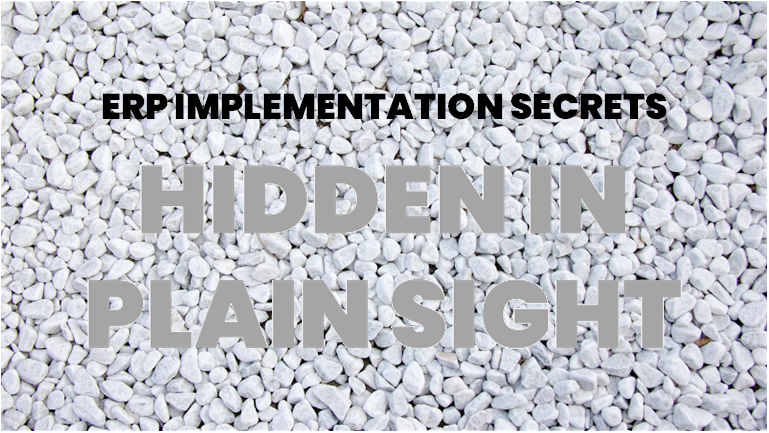Where Are We?
The easiest but worst way to track status is to get percentage complete updates. I don’t like the approach because It’s an approach that tolerates uncertainty. Tasks have an uncanny way of progressing rapidly to 80%, then inching along one percent at a time. A better way to track status is to understand how many hours remain on a task. Asking people how many hours they have left on a task reveals uncertainty. If there were 10 hours left last week, and 9 hours left this week, there’s something going amiss. The honest answer might be “I don’t know,” and there might be some exploration to do there.
The hardest, but best, way to track progress, as well as ensure quality, is to use “show and tell” events in addition to tracking hours.
Show and Tell
In the Agile world, what I call “show and tell” are known as “Sprint Demos”, where completed features are demonstrated for the product owner or for a larger team of stakeholders. I don’t want to use the term “sprint demo” because a sprint demo is a specific thing where completed features are demonstrated for a specific audience.
In my world, “Show and tell” is like a sprint demo if the feature has been completed, but beyond completed features, it might also include developers explaining partially completed code and the work remaining, functional consultants explaining functional designs, or project managers sharing partial plans, or QA analysts explaining the progression of test cases.
The audiences for these “show and tell” sessions should be knowledgeable enough to understand what is being explained to them. That is, developers review code, functionals review design, other project managers review project plans. I think you get the idea. If your project is organized in sprints, the end of a sprint is a good time for these. If the work is not organized into sprints, these events should be no more than a month apart.
If features have been completed and available for demonstration, then sharing that demonstration with system stakeholders will help create a clear picture of how the system will work for business stakeholders.
Like Eating Vegetables
It can be a difficult habit to get into, but it’s worth it. People do not like other people looking over their shoulder, especially not if the work is only partially complete. But it feels better if everyone is held to the same standard.
And it’s worth it because “show and tell” creates opportunities to collaborate and share ideas. It’s a chance to see where things might be going amiss before too much time has lapsed. If nothing is going wrong, then it builds confidence in the team members. It keeps everyone involved and no individual is exclusively responsible for the success of the project or even their part of it. Every element of the project is to some degree a team effort. “Show and tell” events are not always full of good news, but they the best method of communicating progress, and they can keep a little bad news from becoming ‘really bad news.’




















